Caring for Laminitis Cases
During an acute episode of Laminitis
If you notice your horse has laminitis, the main aims are going to be managing and reducing your horse’s pain as soon as possible. Of course you should also call your vet for medical therapy and advice and testing for possible causes.
To reduce the pain – reduce walking on the weakened lamellae – most vets will advise moderate to severe cases to be box rested. As described in the section What Is Laminitis?, weakened lamellae can break resulting in founder which can be life threatening so this is important. Make sure the bedding is deep, allowing the horse to dig in to the bedding and relieve its pain (Figure 1). Some people prefer sand over shavings, but it has to be dry and loose enough to allow the horse to dig its feet in. Pay attention to bare areas and make sure they are all well-padded e.g. in front of the stable door or by the feed or water.
Box Rest Boredom Busters
If your horse needs to be confined as part of treatment for laminitis, but becomes easily bored and fractious when box rested, there may be some things that you could try to provide some additional interest for them. Options could include playballs, allowing them access to a box with windows so they can see, mirrors within the box or alternatively, if there is a small area that you could fence of with shelter, e.g. on a bare paddock or in sand turnout / woodchip yard (Figure 2) – this could provide restriction of movement and control of diet, while being able to see other horses / be outside. Providing hay in a double / triple hay net will slow down the rate of consumption and provide some activity for the horse/pony, and also placing feed within horse ball for them to roll around the stable could also be a means to passing the time for them.
Laminitis is a severely painful condition; therefore your vet is likely to prescribe pain killers. Always follow the instructions carefully as there could be a potential for side effects from prolonged use or high doses of pain killers, if these occur, your vet can provide further advice and treatment (Figure 3).
Your vet and farrier may help your horse by providing sole support – there are several methods of doing this from Styrofoam pads through to specifically designed sole support pads. (Figures 4 and 5). You can watch a video of a talk on this topic given by Prof Cathy McGowan at the World Horse Welfare’s Penny Farm here.
Feeding during the acute episode of laminitis: Low Carbs versus starvation
If your horse has PPID or EMS your vet may prescribe a low carbohydrate (low NSC) diet – this is to reduce the insulin response (see What Causes Laminitis?). The aim of this is not to starve your horse, but to reduce the carbohydrate content of what it is eating for immediate treatment of the metabolic disorder. Especially with PPID, the forage amount is not decreased, but the type is.
As a rough rule of thumb consider fresh green rye grass pasture (the one with the shiny leaves) to contain 40% sugar, good quality grass hay to contain 20% sugars and hay soaked for 7-16 hours in cold water, 10% sugars. Other very low carbohydrate (low sugar) forages are straw, and straw based chaffed/chopped/short feeds like Happy Hoof, Healthy Hooves and Safe and Sound.
Vets will usually prescribe NSC of around 15% or less for the management of an acute episode of EMS or PPID related laminitis. If you have been prescribed a low carbohydrate diet, always check the feed bag to check the carbohydrate content (often on the label as NSC – non-structural carbohydrates). Don’t just read the ‘sales blurb’ e.g. the Laminitis Trust approved label will include feeds with up to 40% NSC, but at least no feed will have the Laminitis Trust approved label without also having the NSC clearly displayed.
The Chronic laminitis case
A major part of the management of the chronic laminitis case is remedial farriery and it is important that your vet and farrier are working together as a team (Figure 6) to provide you with the best care.
But as well as treating the feet it is essential to treat the underlying cause if still present – if the laminitis is caused by EMS or PPID, then it certainly will be.
You vet will undertake diagnostic tests to tell if one or both of these is occurring and treatment will be recommended based on this.
Management of EMS
If your vet suspects or has confirmed your horse has EMS, then they may advise starting a diet (caloric restriction) to encourage long term weight loss (as opposed to simply reducing the insulin response to feed using low carbs).
If your horse has EMS, then treatment is primarily diet and exercise (if that is possible; Figure 7) so you may not need any medication at all! At the University of Liverpool, we teamed up with the University of Edinburgh and we published a series of cases of EMS. The horses were managed by their owners with diet and exercise only with tailored veterinary advice and monitoring and we had a very successful outcome.
We have done a lot of research in this area at the University of Liverpool and Managing Weight Loss provides some clear dietary advice by Dr Alex Dugdale.
Treatment of PPID
If your vet has diagnosed your horse with PPID (or Cushing’s disease) it will require lifelong treatment (see What Causes Laminitis?). Your vet will offer medical treatment (Pergolide, licensed in the UK as Prascend) for your horse which is a daily treatment for the rest of its life. Most cases (around 80%) show a significant improvement after starting treatment. We have noticed that often older horses have many clinical signs that were simply put down to ‘old age’ such as lethargy, poor exercise tolerance, poor topline that reverse with treatment meaning in many cases your horse can return to a good quality of life or even performance again!
For more information on PPID and its treatment see the TAL website which is sponsored by Boehringer Ingelheim (the company that sell Prascend). We have contributed to this site and are happy that this site is informative, educational and not a sales pitch.
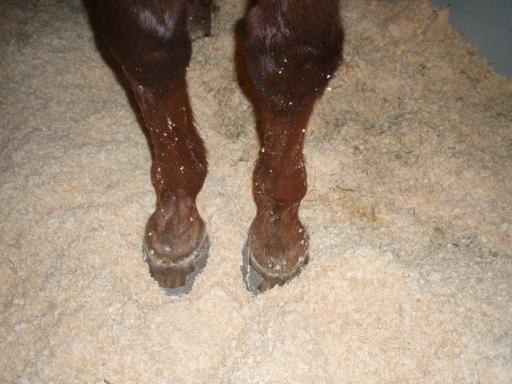
Figure 1 - Deep shavings bedding can provide support and comfort for a horse with laminitis
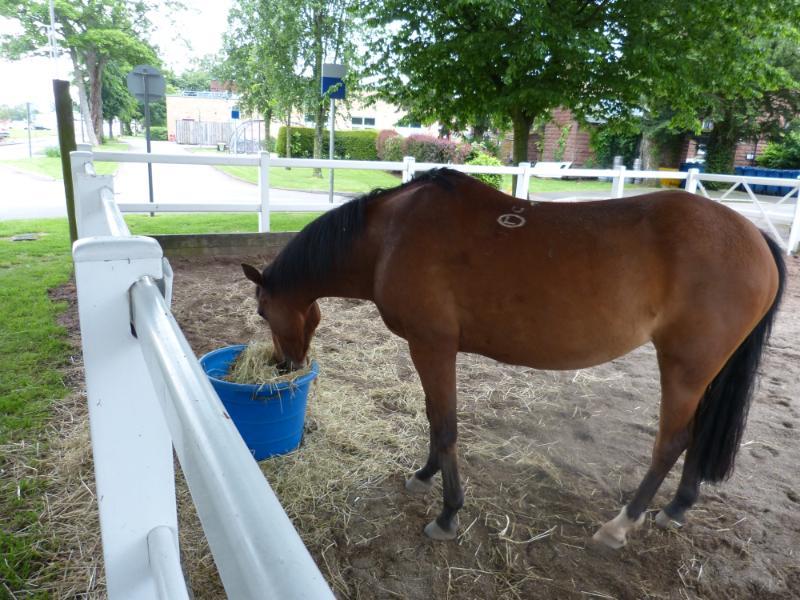
Figure 2 - Keeping a horse or pony confined to a stable can be frustrating both for them and for horse owners. Alternative ways to restrict feed intake and limit exercise might include keeping a horse or pony with laminitis in a wood chip paddock or an area on the yard that has been fenced off and wood chips placed.
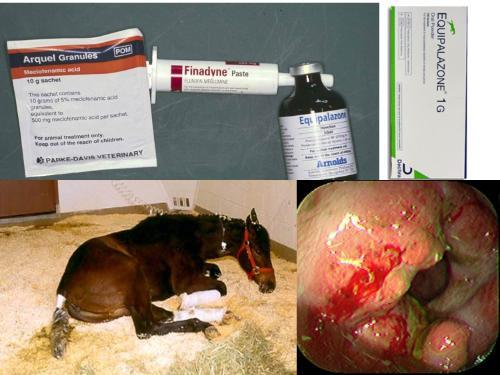
Figure 3 - Many pain killers for laminitis while effective and usually safe, can have side effects, especially of given for prolonged periods of time at high doses. Always get advice from your vet before administering these medications and always closely monitor your horse while it is being treated
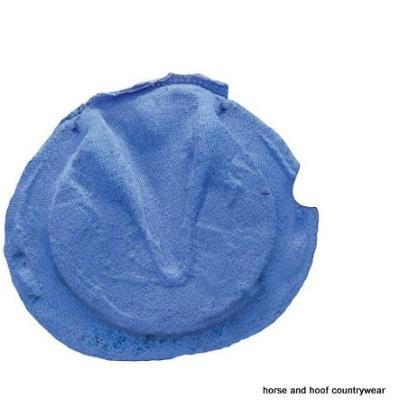
Figure 4 - Sole supports (DJM products) which are useful in an acute lamnitis episode
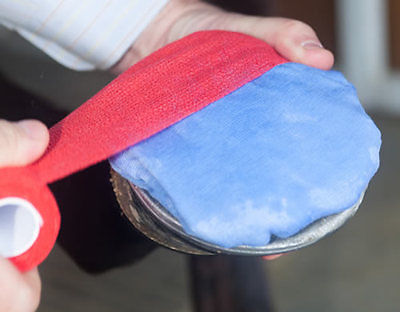
Figure 5 - Sole supports being positioned in a horse with laminitis
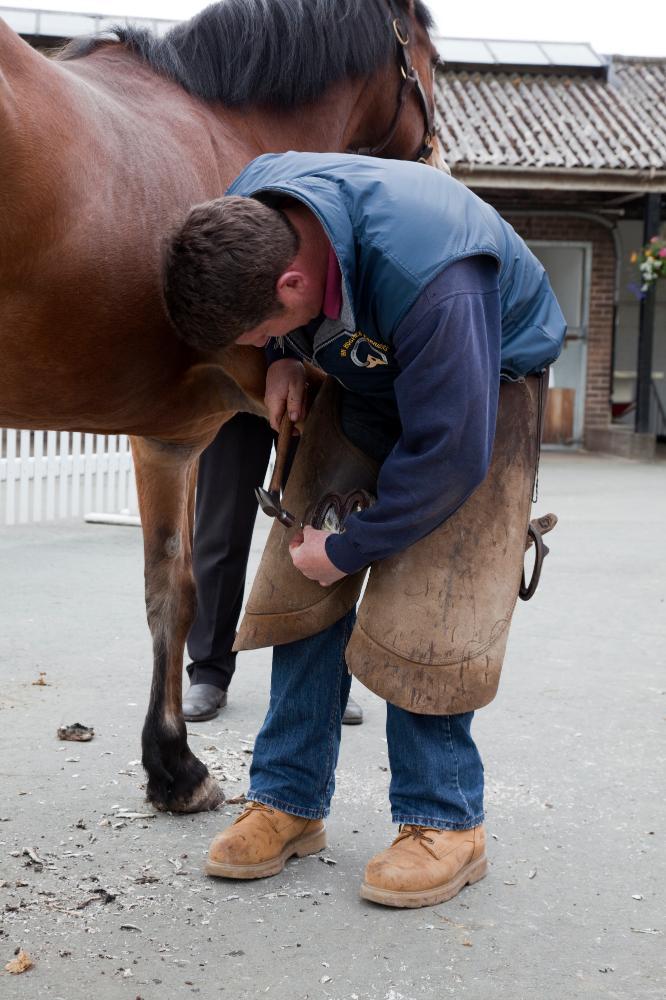
Figure 6 - Managing the chronic laminitis requires a close working relationship between your vet and farrier. Ian Hughes MWCF visits the Philip Leverhulme Equine Hospital weekly in order to perform corrective farriery
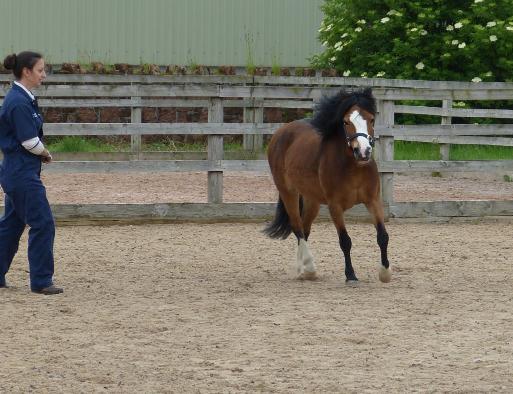
Figure 7 - Free-lunging on a soft surface is a good way to re-introduce exercise after laminitis in horses and ponies with EMS. Start exercise after laminitis pain has resolved and the horse no longer needs pain relief. After exercise always ensure that the lameness has not returned and the horse walks out well